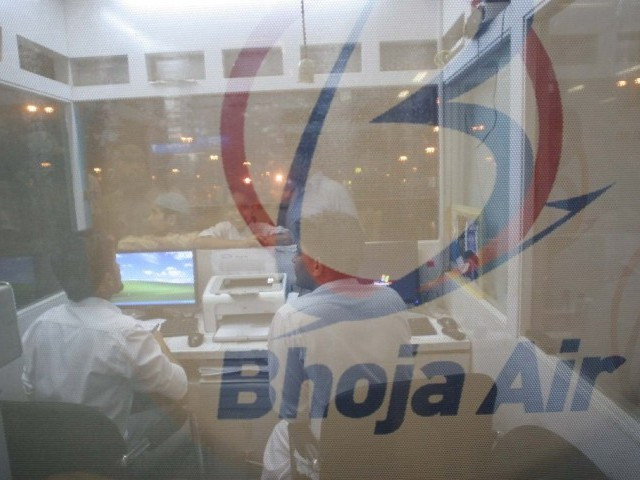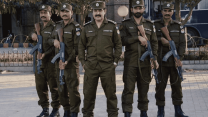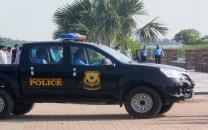Analysis: More crashes but no lessons learnt
Facts will only be revealed if an investigation is carried out by an experienced team, which unfortunately is missing.

Bhoja Air flight B 213 crashed about 4 nautical miles (roughly 8 kilometers) from Islamabad’s runway 30. The plane crashed near Hussainabad in the vicinity of land belonging to Bahria Town, located towards east of Chaklala Airport. The aircraft should have been 3,900 feet at 9 nautical miles on an ILS approach for Runway 30. At 4 NM - where the aircraft crashed, this aircraft should have been between 1,500 and 1,800 feet. The aircraft that went down was a Boeing 737-200, amongst the first generation of aircraft of the Boeing 737 series. The first test flight of this class of aircraft was conducted on August 8, 1967 and the first aircraft with seating capacity of 100 was delivered to United Airlines in December 1967, while the advanced Boeing 737-200 with improved aerodynamics was produced in 1971. This series of Boeing 737-200 ceased production in 1988.
The captain of the aircraft, Captain Noorullah Afridi, was a retired air force pilot who belonged to the 60 GDP batch. He had started his commercial aviation career with Shaheen Airlines and had an airline experience of over 12 years.
Pilots of budget airlines are under tremendous pressure to land at their destinations, because of high cost of fuel, which consumes almost 50% to 60% of their operating expenditures. Aged aircraft with fuselages that have weakened either due to corrosion or metal fatigue require modifications to strengthen them.
It is reported that this aircraft had a defect and must have been cleared by CAA to operate this flight. This particular aircraft had a fuselage whose hull life had expired and should have undergone exhaustive maintenance and modifications recommended by manufacturers Boeing before it was cleared to resume commercial flight operations by CAA Pakistan.
At the time of crash which was around 6.40PM there was heavy rain, with thunderstorm and lightning. The cumulonimbus cloud, also known as “CB cloud” can form alone, in clusters, or along a cold front in a squall line. They can create lightning and other dangerous weather. Cumulonimbus clouds form from cumulus clouds (namely from cumulus congestus) and can further develop into a “supercell”, a severe thunderstorm with special features.
An aircraft flying below adverse weather conditions experiences heavy down drafts, which can cause these aircraft to lose height, which seems to be the case in this instance, because the ill-fated aircraft was on its approach path.
The type of debris suggests that the aircraft in most probability crashed on impact. It is also possible that an engine might have flamed out, or a fuel tank ruptured, or impairment of flight controls occurred due to hydraulic failure and even a major damage to its fuselage.
The role of an effective regulatory body, which should have the expertise and competence of highly qualified inspectors with rich experience on type of aircraft that they are assigned to inspect and certify, becomes all the more important when low cost budget airlines – hard pressed to cut costs – are allowed to operate.
Unfortunately the Civil Aviation Authority, which comes under the Ministry of Defence, has become a welfare organisation for retired officers. CAA, which is a profitable corporation, acts on behalf of ICAO to regulate all commercial airline operators, their aircraft as well as the proficiency of flight and maintenance crew. ICAO requires that all executives of regulatory body and their inspectors should have no affiliations or get any emoluments or benefits from airlines that they inspect. CAA can only perform this task if it hires the best and most qualified of aviation personnel who do not have any conflict of interests with airlines under their regulatory control. The true facts and causes will only be revealed if an investigation is carried out by an independent, qualified and experienced team of accident investigators, which unfortunately is missing and is a major reason why a credible and exhaustive investigation report has never been issued for accidents involving commercial aircraft within Pakistan airspace.
Published in The Express Tribune, April 21st, 2012.



















COMMENTS
Comments are moderated and generally will be posted if they are on-topic and not abusive.
For more information, please see our Comments FAQ